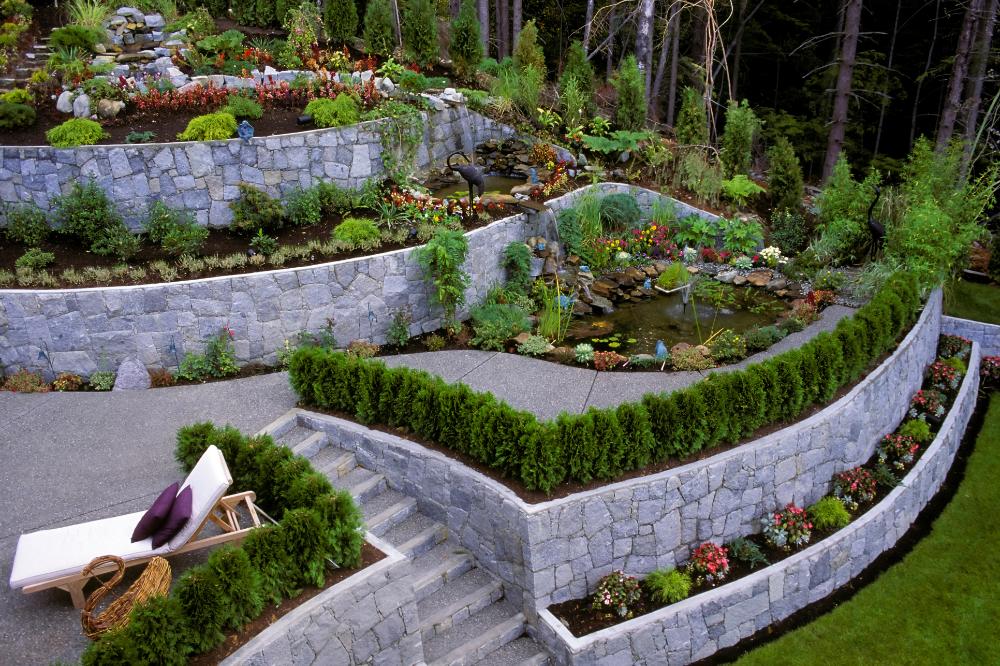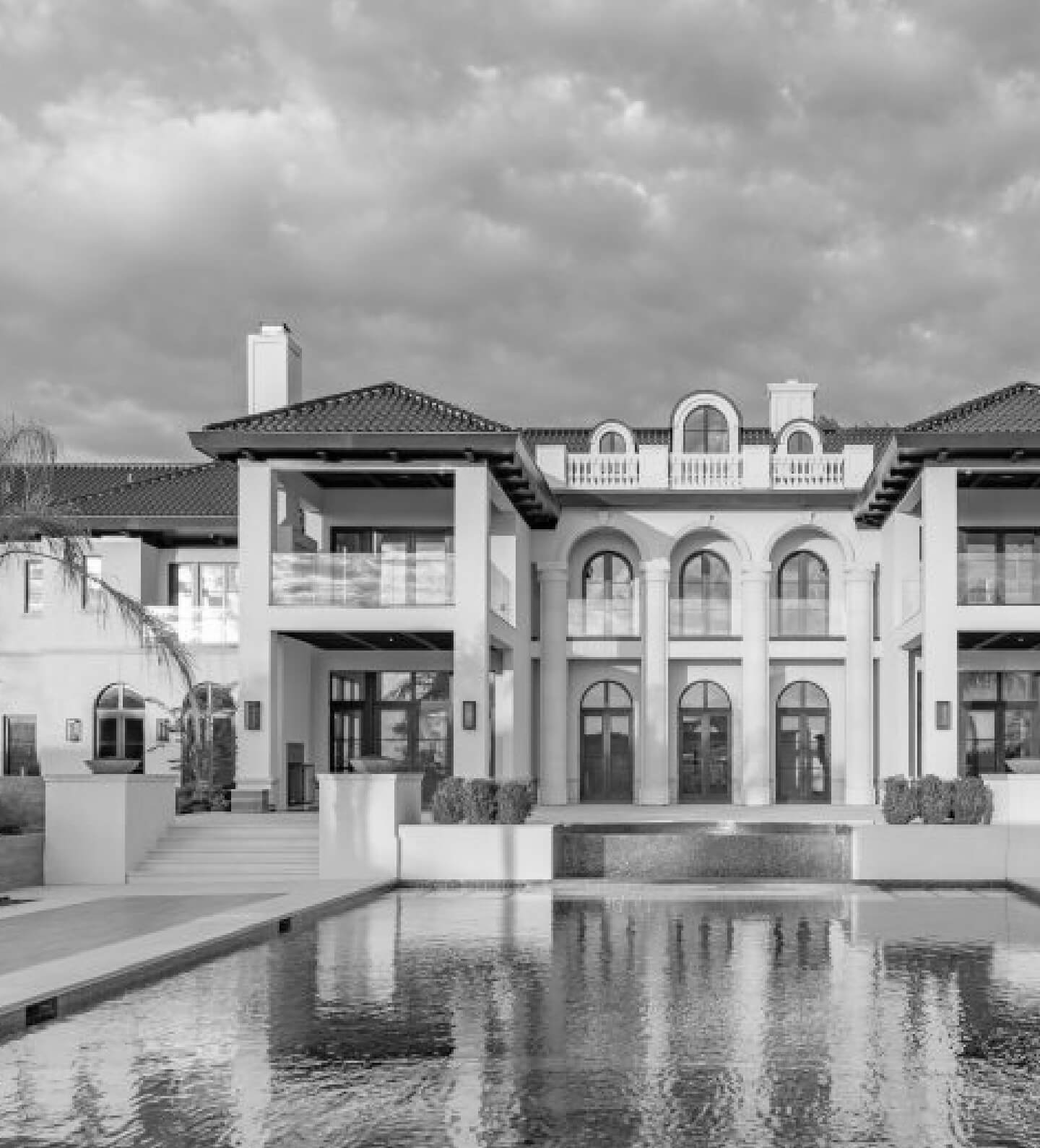Creating a beautiful and functional outdoor space requires an understanding of both hardscaping and softscaping. These two components shape your landscape, each offering distinct elements that work together to transform your property. Hardscaping refers to non-living elements like patios, pathways, and walls, while softscaping involves living features such as trees, plants, and flowers. The combination of these two elements can bring harmony to any landscape design, but understanding their roles is vital in making informed decisions about your outdoor space.
The Key Differences Between Hardscaping and Softscaping
Hardscaping and softscaping serve different purposes in outdoor design. Hardscaping is the foundation that provides structure and durability to your landscape. It includes materials like concrete, stone, and brick that form patios, walkways, and retaining walls. Softscaping, on the other hand, introduces living elements like grass, flowers, and shrubs, adding life and natural beauty to the space. The distinction between these two lies in their function, with hardscaping offering stability and softscaping contributing to the aesthetic and environmental aspects of your yard.
Benefits of Hardscaping for Durable Outdoor Structures
Hardscaping offers several advantages for those seeking long-lasting outdoor features. It creates durable and weather-resistant structures that can withstand heavy use and harsh conditions. Patios, walkways, and retaining walls built with stone or concrete provide a sturdy framework that requires minimal maintenance. This stability not only enhances the overall appearance of your outdoor space but also adds value to the property by offering permanent, functional elements that improve both aesthetics and utility.
Advantages of Softscaping for Lush and Natural Landscapes
Softscaping is vital for adding life, color, and texture to your outdoor environment. With softscaping, you can introduce lush plants, vibrant flowers, and trees that thrive in natural light. These elements create a peaceful, natural landscape, contributing to a healthier ecosystem by attracting pollinators and reducing heat in your space. Softscaping also offers flexibility, allowing for seasonal changes and updates to your yard, ensuring your outdoor area remains fresh and inviting throughout the year.
How to Combine Hardscaping and Softscaping for Balance
A successful landscape design strikes the perfect balance between hardscaping and softscaping. By integrating both, you can achieve a harmonious space that offers both form and function. For example, using stone pathways to guide through a garden filled with blooming flowers brings a seamless connection between the two. Hardscaping provides structure, while softscaping adds warmth and natural beauty. This combination creates a balanced and visually pleasing landscape, making your outdoor area both practical and inviting.
Explore Properties with Hardscaping and Softscaping with NJLux for a Perfect Outdoor Space
Ready to explore luxury real estate listings in NJ to discover properties with perfectly designed landscapes? Our team at NJLux is committed to helping you find your dream home. Whether you’re looking for a property with carefully planned hardscaping features like patios and stone pathways, or lush softscaping that includes stunning gardens, we have you covered. Rely on our experienced team of NJ luxury home agents to cater to your real estate needs.




